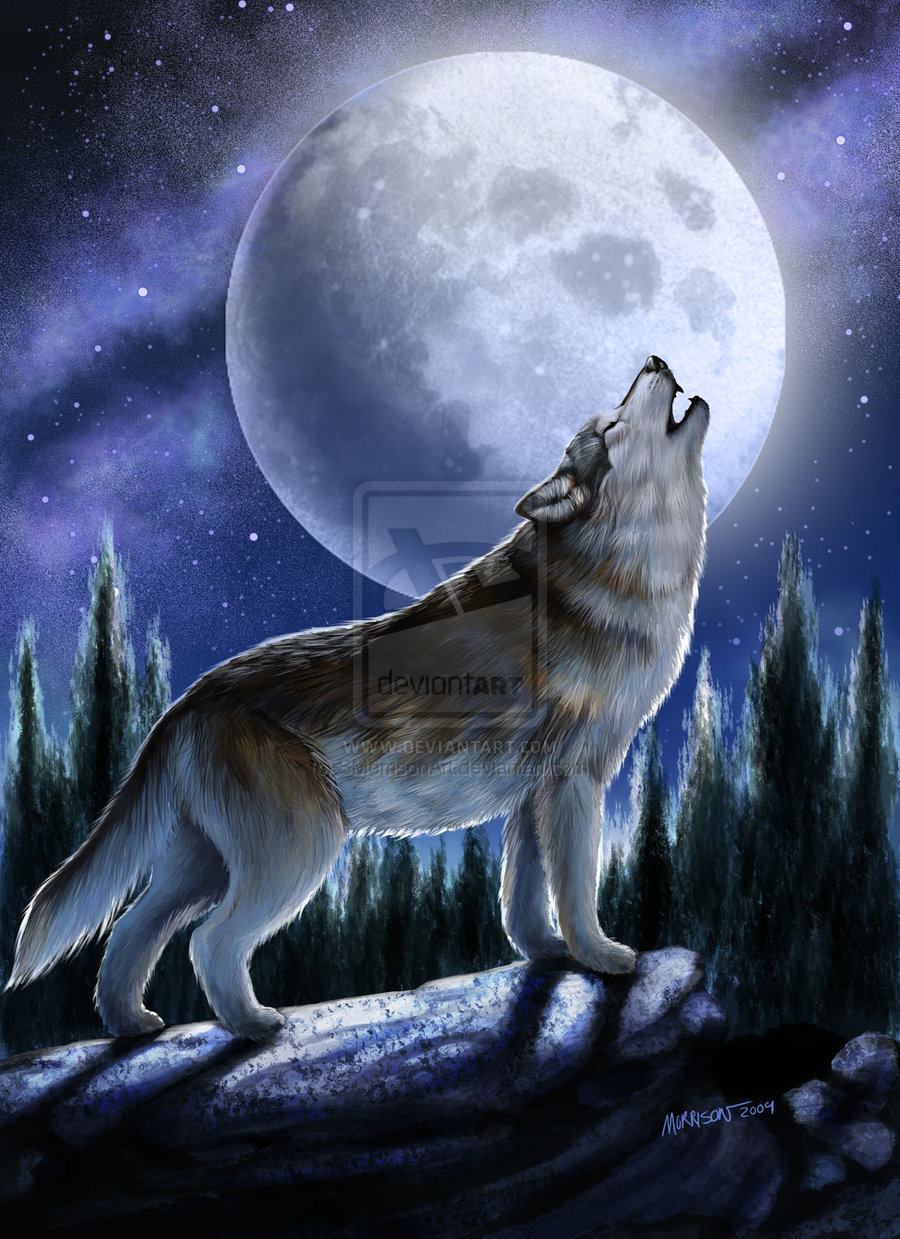
Artists outlined figures in pen or pencil and then applied color, usually in flat tones. The aim was to create an accurate and clear account of events. Some warriors did their own drawings others asked skilled artists to memorialize their exploits in battle, hunting, and horse theft. The drawings were part of the war honors system of Plains life, serving as public testimony of personal prowess. Like the painted buffalo hides, robes, and tipi liners that Plains Indians had long produced, ledger art was rooted in the experience of war. Ledger drawings combined the traditional pictographic conventions of Plains art with the new graphic possibilities offered by materials obtained through trading, raiding, or gift exchanges with non-Native settlers. The subjects of Howling Wolf’s increasingly complex drawings illustrate the change in Cheyenne society from near-constant warfare to externally imposed peace. He is the only artist known to have made ledger drawings at every stage of this turbulent period in the Cheyenne nation’s history. And he worked with other Cheyennes to maintain some semblance of traditional life after his release to the Cheyenne reservation in present-day Oklahoma in 1878. He was one of 72 Cheyenne warriors who in 1875 were imprisoned at Fort Marion in Saint Augustine, Florida. Known in his tribe as Honannistto, Howling Wolf fought in its battles with the U.S. Howling Wolf, a Southern Cheyenne warrior, is considered to be one of the most important ledger-book artists of the era.

The drawings, made with pencil, ink, and watercolor, were a way for warriors to memorialize their deeds.

LEDGER DRAWINGS–SO NAMED BECAUSE THEY WERE MADE ON PAGES OF OLD LEDGER or account books-flourished as an art form among the Plains Indians in the second half of the 19th century. Howling Wolf memorialized his exploits in vivid and colorful drawings-even while he was imprisoned by the U.S. Artists | A Warrior's Ledger Domain Close


 0 kommentar(er)
0 kommentar(er)
